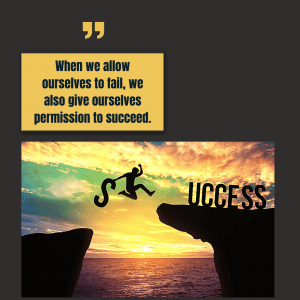One of the most common mistakes business managers make is creating all their marketing based on personal opinions and perceptions. Unsuccessful business marketers tend to think this way, not only about the service being sold but also regarding how potential customers should react to the advertising approach.
This then begs the question: why do your clients, students or customers buy in the first place? What is their motivation and purpose in buying? Do they really want a certificate, or the job that a certificate might get them?
Also, what internal needs are they satisfying in buying the product in the first place?
Although these questions seem like the basics, this is not well understood when you dig deeper. Yet, the better we understand and appropriately respond to these questions, the more sales, revenue and success we will have. Just look at the success of Phillip di Bella, founder of Australia’s largest coffee supplier. He understood that a brand was more than a name… and that marketing and customer knowledge was more important than the coffee.
Potential customers usually buy for personal reasons (theirs), not ours. They could care less about our company, glitzy website, or how long the list of product features is. These folk only care about that perennial motivation – WII-FM (what’s in it for ME!). They want the benefit, the impact, the improvement, the comfort, or the sense of security it will deliver, period. I write more about this in the 3 Overlooked Elements of Successful Advertising.
Most small business marketing fails to address crucial customer needs directly. All too often the focus is mistakenly on the greatness of the product or service, and not on what is important to the customer. A customer focus is crucial; just look up the authors of Profit by Design, by Mark Hocknell, or Traffic Secrets, by Russell Brunson to find out more.
Selling Tip that’s Not About Selling
Marketers are often their own worst enemies. Frequently, they are not communicating on the buyer’s level of motivation. They are too busy figuring out how to “sell” the product, rather than finding out the reasons the customer “buys” in the first place. The problem comes down to the marketing strategy that is employed and their vendor’s mindset.
Are you pushing the professional service… or are you pulling the customer through the awareness, interest, comparison and decision-making process?
This distinction becomes critical to success. Since buyers only care about their needs and only take action for their own reasons, why should they pay attention to the business owner’s reasoning for why the service is so great?
Taking any Ego out of the Marketing
When you push services or products, you are essentially telling the customer that they should buy from you because of your reasons. With this egocentric approach, you often run into a wall of objections and delays. This pushing forces the consumer out of their comfort zone and places unnecessary pressure on their decision-making. You see, a relentless assault of closing techniques pushes them away from a purchase decision on their terms.
In contrast, listening quietly and helping a potential customer through the purchase process is much more effective. When you pull, you are leading them in their discovery. You gently guide them through your offering’s features and benefits and lifestyle advantages. Then they come to a decision on their terms.
If they resist, you have not educated them enough with the right information to motivate them or you haven’t addressed their objections sufficiently.
When will Customers Pull the Trigger and Buy?
The potential customer will only make a decision when they are comfortably satisfied your offer has met all of their purchase criteria. As a seller, you must pull them through the process and always let them stay within the limits of their comfort zone. It’s by staying within these boundaries that trust is established and a long-term relationship is built with the customer.
Also remember that the purchasing process is completely rooted in the perceptions of the buyer. They have ultimate control over the process, not you. Your job as a marketer or seller is to develop all your copy and communications to make them comfortable and lead them to the best outcome…purchasing your product or service.
Always be aware of which marketing method you are using – push or pull – and adapt it to the prospect’s personal reasons for purchasing. Then you will enjoy continuous success.
Marketing and sales success is a result of considered planning and business knowledge, and with the team at Power of Words, you’ve got both angles covered.


